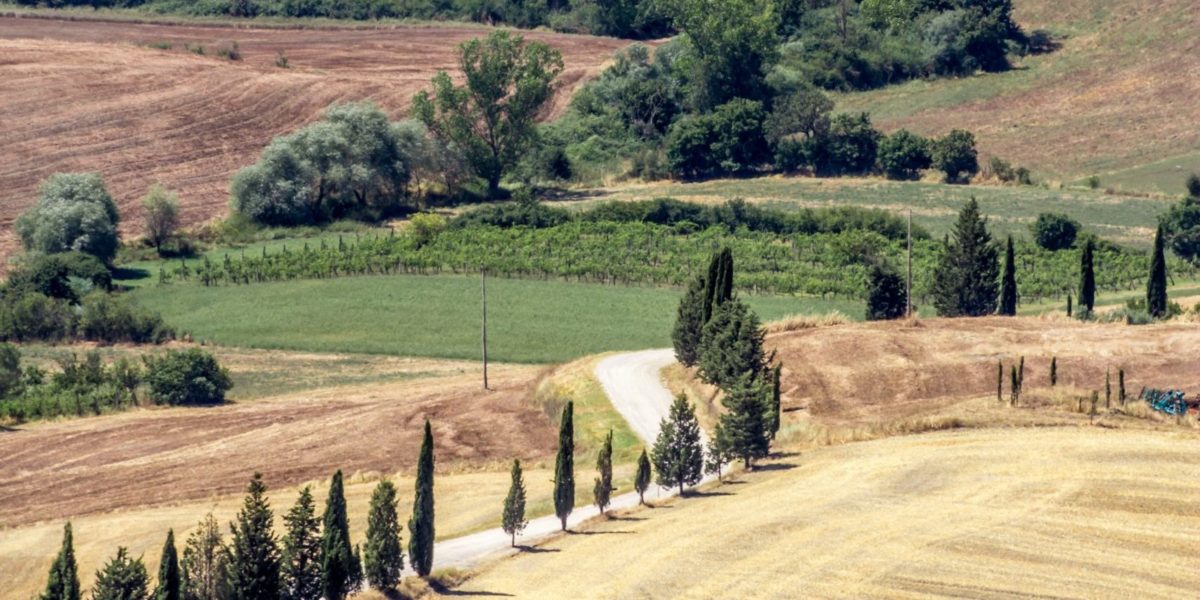Rural roads teenage danger zone
New research shows rural roads are the biggest danger for young drivers
- AA Charitable Trust launches interactive map highlighting riskiest rural roads for young drivers
- Research shows 71% of fatal crashes involving young drivers are on rural roads
- Research shows young drivers over-represented in rural crashes by 9%
- Rural crash risk varies by time of day and day of week
- Single vehicle rural crash risk varies depending on weather conditions
- Substance impairment is more likely to be a contributory factor on Sundays and in the early hours
- Worst rural roads for young drivers are the A229 in Kent and the A6076 in County Durham
- Research funded by The Road Safety Trust looked at more than 70,000 young drivers involved in crashes on rural roads over 6 years
Open Country
New research shows for the first time which rural roads pose the greatest danger to young drivers. The study is launched by The AA Charitable Trust following funding from The Road Safety Trust. The results show that 71% of fatal crashes involving young drivers occur on rural roads.
Overall, the research shows young drivers (aged 17-to-24) are over-represented in rural crashes by 9%, relative to all roads. The over-representation is highest for those aged 17 (27%) and decreasing with every subsequent year.
Young drivers also to face a higher risk of death (2%) or serious injury 15.2%) when involved in rural road crashes. The proportion of crashes on rural roads on Sundays is 24% higher for young drivers than it is for other drivers. Young drivers are also at a higher risk of a single vehicle collision on rural roads.
Top 10 most dangerous rural roads for young drivers:
| Position | By Collision Density | By Percentage of all Crashes (relative risk) |
| 1 | A229 in Kent | A6076 in County Durham |
| 2 | A2 in Kent | A704 in West Lothian |
| 3 | A3 in Surrey | A419 in Gloucestershire |
| 4 | A1 in Hertfordshire | A388 in Cornwall |
| 5 | A243 in Surrey | A41 in Hertfordshire
A846 in Argyll & Bute |
| 6 | A414 in Hertfordshire | |
| 7 | A1 in Wakefield | A5093 in Cumbria
A885 in Argyll & Bute A4068 in Powys A436 in Gloucestershire |
| 8 | A322 in Surrey | |
| 9 | A249 in Kent | |
| 10 | A595 in Cumbria |
Closed case
Six years of crash data (2013-2018) has been used to formulate the results. Analysts at Agilysis and the Road Safety Foundation studied 74,919 young drivers involved in crashes of all injury severities on a rural road.
These results also fuel an interactive map (AA Young Rural Drivers (arcgis.com)). This shows the relative risk of collisions involving young drivers on various rural routes across the country. Based on collision density and as a percentage of all crashes, this compares the relative risk compared to other drivers.
Edmund King, AA Charitable Trust director, said: “This ground-breaking analysis shows, for the first time, the most dangerous rural roads for young drivers as well as an in-depth study of contributory factors involved in those crashes.
“Many young drivers and indeed parents are unaware that rural roads pose a specific and significant risk to young drivers,” states Edmund King, AA Charitable Trust director. “Potentially they are much more dangerous than motorways or urban roads”.
Meanwhile, Transport Secretary Grant Shapps said: “It’s essential we raise awareness among young people on how to drive safely on them [rural roads].”
Sally Lines OBE Chief Executive from The Road Safety Trust, commented: “We are pleased to have funded such informative and insightful research. It is important to be able to clearly identify risks to young drivers on rural roads and take steps forward to address those, whether it is through education, infrastructure improvements, or both.
Young Rural Driver Crash Fact file:
- July, August, October and November most concerning months for crashes involving young drivers on rural roads
- Proportion of crashes involving young drivers which are on Sundays is 9% higher on rural roads than on urban roads
- Single vehicle collisions account for 27% of all young driver crashes on rural roads compared to 16% for drivers of all ages.
- Substance impairment attributed to a young driver in 9% of young driver rural road crashes on Sundays compared to an average of 4% on other days
Call to action:
- Driving lessons to cover driving on all types of road at different times of the day and in different weather conditions.
- Campaign to raise awareness amongst drivers and parents of the dangers
- Interactive map to be used as a Think! educational resource
- Local media to highlight the most dangerous rural roads
- Raise awareness that those growing up in rural areas are more at risk on the roads than their urban counterparts
Top 20 listed in full at: AA Young Rural Drivers (arcgis.com)






